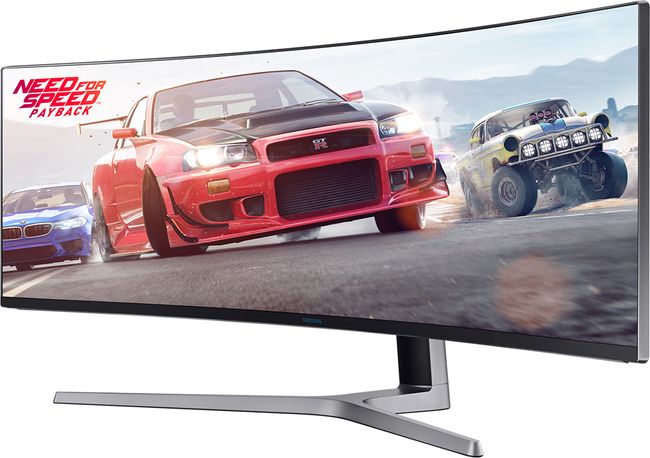I just read that if we want ... "4K video at 120Hz (or 240Hz) on a PC will require PCIe 4.0"
How true is that comment? I'm hearing that with NVMe fast storage and VR, we will need PCIe 4.0 if we want 4k gaming and VR at 120 fps or 144 fps or whatever especially with 21:9 ultra-wide.
Also, is PCIe 4.0 coming out in 2017 or not? I'm hearing that there's been another delay until 2018?
PCIe 4.0 Heads to Fab, 5.0 to Lab
PCIe 4.0 Will Arrive in 2017
Who are we suppose to trust - it seems everything is far too often just flat wrong?
What's the latest news on PCIe 4.0 ? We've heard nothing for months now?
; )
How true is that comment? I'm hearing that with NVMe fast storage and VR, we will need PCIe 4.0 if we want 4k gaming and VR at 120 fps or 144 fps or whatever especially with 21:9 ultra-wide.
Also, is PCIe 4.0 coming out in 2017 or not? I'm hearing that there's been another delay until 2018?
PCIe 4.0 Heads to Fab, 5.0 to Lab
PCIe 4.0 Will Arrive in 2017
Who are we suppose to trust - it seems everything is far too often just flat wrong?
What's the latest news on PCIe 4.0 ? We've heard nothing for months now?
; )
![[H]ard|Forum](/styles/hardforum/xenforo/logo_dark.png)




